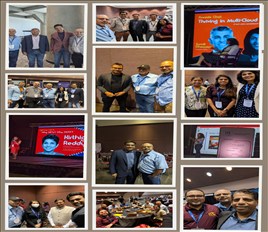A creative writing course she later took during her third grade allowed her to channel her love for nature into writing when she published her first book, called, “The Great Forest Adventure”. Her parents tapped into her love for writing and encouraged it, allowing her to publish four more books on various topics.
Wow! As if that was not enough, Sania’s endless creativity has led to several inventions and innovations. This includes SaniaBox, an add-on board “raspberry pi” kit to explore circuits and coding, and even a non-profit called Copper Bottles Series that spreads awareness about global warming, animal poaching, and ocean pollution.
When asked how she was able to achieve so many things at such a young age, Sania humbly attributes her success to the support she has received from organizations like Moonshot Jr and many individuals who helped bring her ideas to life. That is why she believes in organizations like ASEI that help connect professionals together. With ASEI, Sania hopes to continue inspiring other kids to create, persevere, and try new things.
This article is based on conversations Aditya Guthey, an ASEI Silicon Valley chapter member and a career coach has had with Sania Jain for ASEI Youth Corner. A short excerpt is here ASEI has a partnership with MoonshotJr – a Silicon Valley based startup that accelerates youths’ path from STEM education to entrepreneurship. Click to avail special offers for ASEI community.











